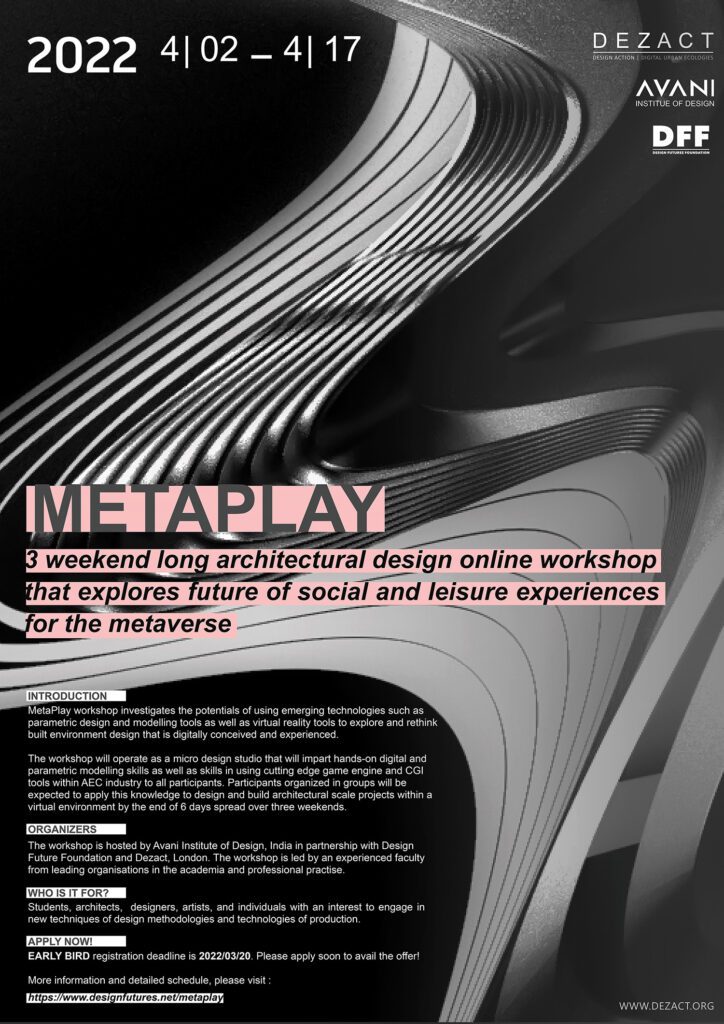Virtual reality (VR) technology has opened up new opportunities for game developers. The immersive and interactive nature of VR can engage players in more ways than previously possible. However, creating VR games requires special tools and software, including VR headsets, game engines, and VR controllers, to take full advantage of VR technology. Developers must also consider challenges such as motion sickness, user interface design, and performance optimization. Despite the challenges, the possibilities for creating engaging and immersive games using VR are limitless.
The Cutting Edge: Exploring the Latest Virtual Reality Tools for Game Development
Introduction
Gaming has come a long way since the days of simple 2D games like Pong and Space Invaders. With the advent of Virtual Reality (VR) technology, games have become more immersive and interactive than ever before. Developers are now able to create games that allow players to step into virtual worlds and experience them in entirely new ways. In this article, we will explore the latest VR tools used in game development and how they are changing the way games are made.
What is Virtual Reality?
Virtual reality is a technology that creates a simulated environment that the user can interact with using specialized equipment, such as a VR headset. The headset contains a screen that displays a computer-generated image, which changes as the user moves their head, creating a sense of being inside the virtual world. VR technology is used in a variety of fields, including gaming, education, and healthcare.
Game Development with Virtual Reality
Virtual reality has opened up a whole new world of possibilities for game developers. By creating immersive and interactive virtual worlds, developers can engage players in ways that were previously impossible. Creating a VR game, however, is not as simple as designing a traditional video game. Instead, developers need specialized tools and software to create a game that takes full advantage of VR technology.
VR Headsets
The most crucial component of any VR game is the headset. There are several VR headsets available on the market, each with its own unique features and specifications. The most popular VR headsets for gaming currently include the Oculus Rift, HTC Vive, and PlayStation VR.
Game Engines
Game engines are software tools that developers use to create and develop video games. They allow developers to create 3D environments, import assets, and program game logic. There are several game engines available for VR game development, including Unreal Engine and Unity.
VR Controllers
VR controllers are specialized input devices that allow players to interact with the virtual world in a more natural and immersive way. They can track movement and allow players to use their hands to manipulate objects in the game world. Popular VR controllers include the Oculus Touch and HTC Vive controllers.
Challenges of VR Game Development
While VR technology has opened up a whole new world of possibilities for game developers, it also brings its own unique set of challenges. Creating a VR game that is both immersive and engaging can be a difficult task. Developers need to carefully consider factors such as motion sickness, user interface design, and performance optimization.
Motion Sickness
One of the most significant challenges of VR game development is motion sickness. When players move their head quickly in a virtual environment, it can cause discomfort and nausea. Developers must design their games with this in mind and minimize motion by using techniques such as teleportation or smooth turning.
User Interface Design
The user interface in a VR game is essential for creating an immersive experience. Developers must consider how the player will interact with the game world and design interfaces that are easy to use and navigate. They must also be careful not to clutter the screen with too much information, which can be overwhelming in a VR environment.
Performance Optimization
VR games require high-performance hardware to run smoothly. Developers must optimize their games to achieve a high framerate and ensure that the game is running smoothly on a variety of VR headsets.
Conclusion
Virtual reality is changing the way games are made, creating immersive and interactive experiences that were previously impossible. With the latest virtual reality tools for game development, developers have the ability to create worlds that players can step into and explore. While there are challenges in VR game development, such as motion sickness and performance optimization, the possibilities for creating engaging and immersive games are truly limitless.
